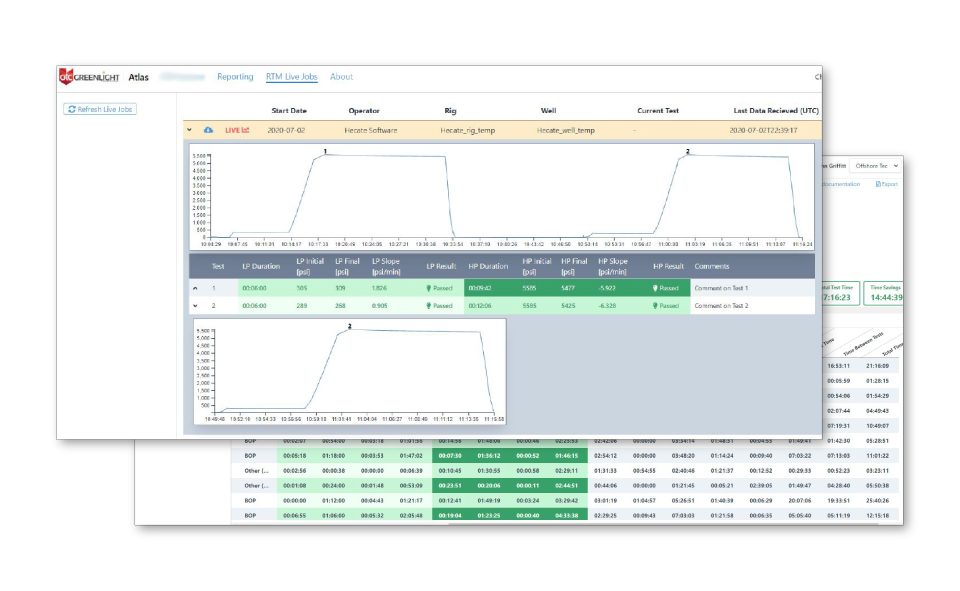- Have any questions?
- +985-727-7400
Well Control Testing Part 1 of 3: Before You Test

How to prepare for your next drilling BSEE inspection
September 24, 2015
Well Control Testing Part 2 of 3: During the Test
October 29, 2015
The offshore oil and gas industry is rapidly moving toward digital testing of BOP’s and well control equipment. These digital testing systems have become very reliable and have numerous advantages over conventional analog chart recorders. Specifically, they can save valuable time when testing with synthetic or oil-based muds. In addition, the digital capture of test data is ideal for pinpoint analysis and documentation of results. Furthermore, the digital systems can provide 100% transparency throughout the testing program. However, whether digital or analog testing of well control equipment, there are still basic tenants that can and should be employed to make on location well control equipment testing more efficient. (Note free checklist offer below)
Bill Bethea, VP of Engineering and a Principal with Offshore Technical Compliance, has been in the Offshore Exploration and Production business for 50 years, and he believes proper job planning, management and leadership can be just as important as test recording in improving efficiency.
“Early in my career with Texaco, we had an efficiency program called CRPIP (Cost-Reduction-Proficiency-Improvement Program). Essentially, these were multi-disciplinary teams that would be assigned to improve drilling and production operations. One of the observations of our efforts was that a rig crew’s efficiency increased by 10% just by having a member of the team stand on the drill floor with a clip board.” With a chuckle, Bethea says the moral of the story is that improvements in efficiency are easy to find. Good leadership, communication, and performance measurement all lead to improvements in efficiency.
Pre-job planning is one area that can make a huge difference in efficiency. “We have been doing these things in the Gulf since the 1960’s, but it’s surprising how often simple pre-job planning steps are missed or taken for granted”, adds Bethea. Here are a few tips on items high-performing crews do prior to testing that save time and improve efficiency:
- Review APD/APM for BSEE approved test parameters. Remember, this document mandates test pressures, and supersedes any other authority or regulation. Deviations from your approved APD/APM must be approved by BSEE.
- Assemble the test team, review task responsibilities and procedures, and prepare a JSA.
- Discuss current operations with ALL parties (WSL, OIM, Service Company Reps).
- Determine whether portions of the testing can be accomplished safely offline.
- Make sure there is no lost motion in lining up tests. Practice and leadership saves time and makes the job safer.
- Perform pre-job visual checklist and inspection.
- Prepare for documentation of testing in sequential manner.
Bethea says improving efficiency requires measuring performance and analyzing test data. “When tests fail and have to be repeated, there is an opportunity for critical assessment. Why did the test fail? Could the failure have been prevented by better pre-job planning and preparation? Over time, it’s important to step back and look at test failures and determine root causes. This will shed light on opportunities for improvement. We provide this kind of analysis for our clients routinely, and often it’s a failure in pre-job preparation that contributes to failed tests.”
OTC has prepared a simple checklist for operators and drilling contractors that may be helpful in preparing for BOP testing. The checklist focuses on tasks that can be done prior to and during testing. If you would like a copy of this checklist, please email John Eoff at john.eoff@otcompliance.com.

